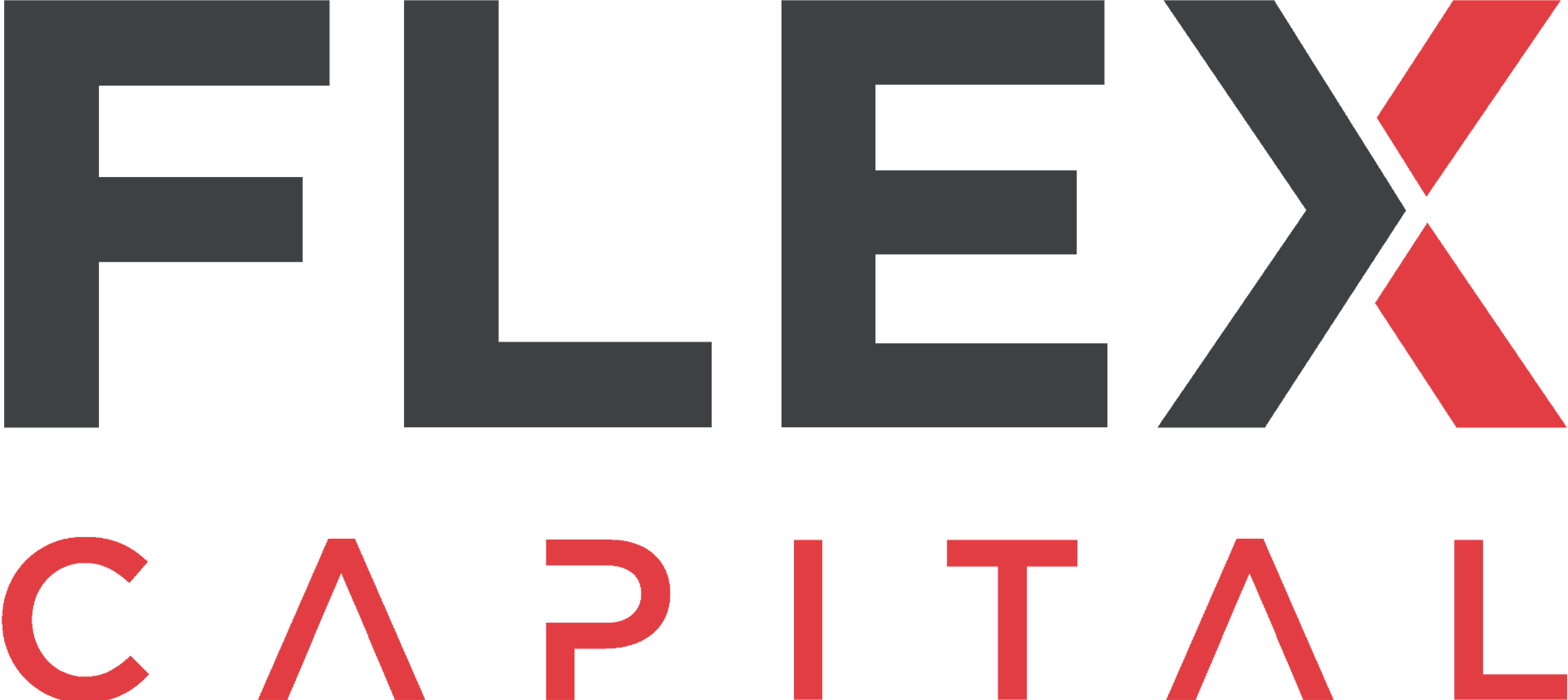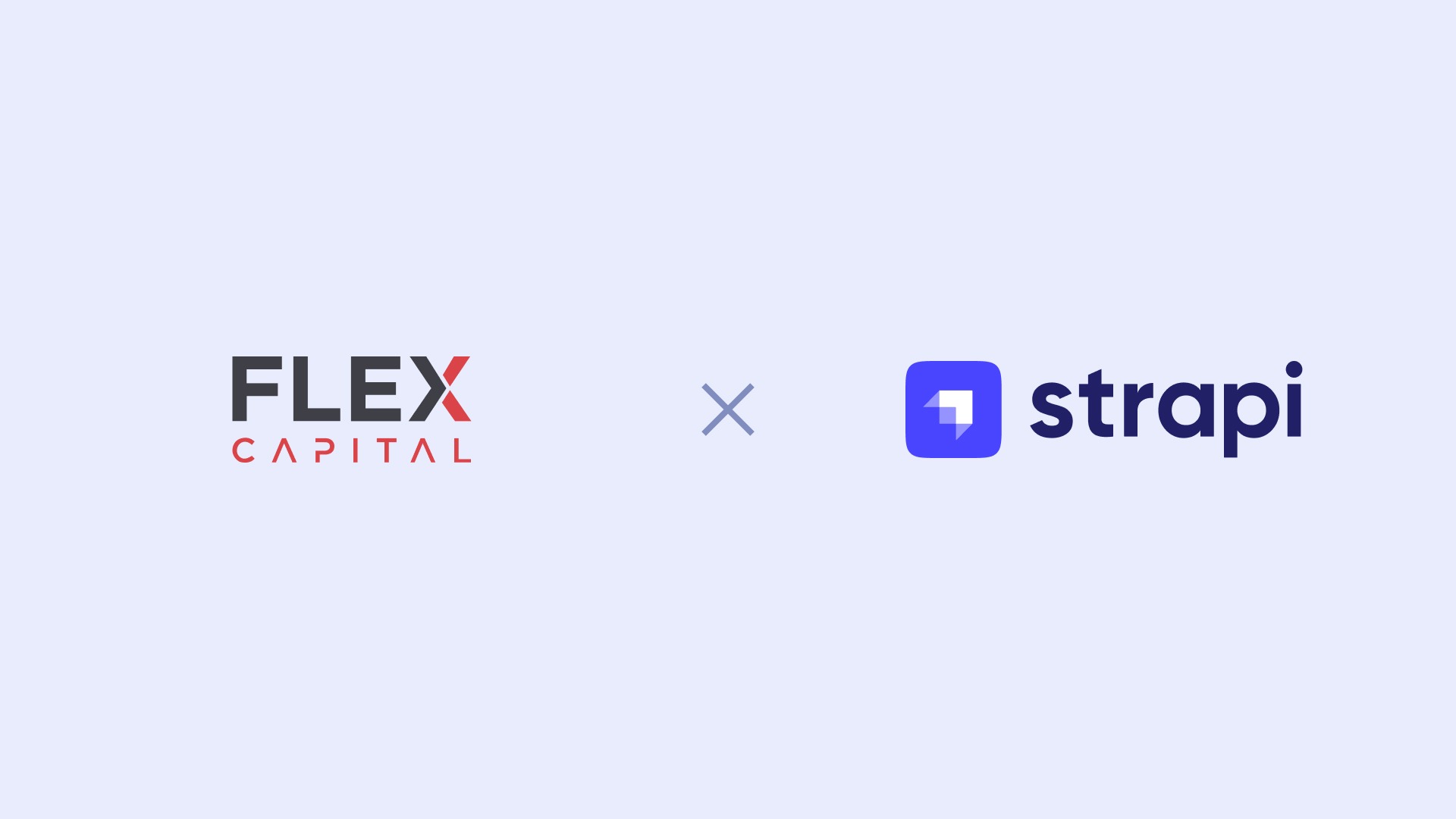There’s a major evolution underway in digital content management— the transition to headless CMS. At the front of that transition is Strapi.
Strapi is an open-source, JavaScript powered, next-gen headless CMS that is redefining how content is crafted, managed, and delivered across the digital sphere. Within six years, Strapi has become, by far, the leading open source headless CMS.
We’re thrilled to announce our investment in Strapi’s Series B to help them build the market-leading CMS ecosystem. Strapi raised $31 in a round led by CRV. (With participation from some notable angel investors including former GitHub CEO Nat Friedman.)

Pioneering the Future of CMS
Traditional CMSs have been around for decades. But today, content has to be displayed everywhere: mobile applications, IoT devices, and less obvious places, like ATMs and digital billboards. With the rise of the Jamstack, even the way to create a website has completely changed over the past few years.
In that context, a new kind of CMS appeared: the Headless CMS. The concept is very simple: Headless CMSs make the content available to any platform, through an API. The entire CMS market, which is projected to reach $116 billion by 2025, is completely shifting to Headless.
Cofounders Aurélien Georget (CPO), Jim Laurie (CUserSuccessO), and Pierre Burgy ( CEO) were part of this transition. While working as freelance developers while at university, they became frustrated by the limitations of traditional CMSs when making mobile applications or websites using modern front-end frameworks. So they decided to create their own piece of software.
They used it for their client's projects and realized that thousands of people were having similar needs. They decided to make the project available to others and in October of 2015, Strapi V1 was published on GitHub.
Since then, it’s been downloaded more than 5M times and reached 44k stars on GitHub, with 250k lines of code, 20k commits, and over 400 plugins. Strapi's meteoric ascent is a testament to its relevance in today's landscape, and the strength of the developer community that has grown around it.

Developer-Centric Ingenuity
A headless CMS allows developers more choice, flexibility and customization, and Strapi is supercharging that by making its CMS open source.
The problem with existing Headless CMSs is that they are proprietary software. As a result, they’re not flexible or open to customization. Companies need good content management in order to build internal tools, documentation platforms, mobile applications, and more— modern content management is so much more than just running corporate websites. To make this more challenging, content is usually siloed in many different tools (for example, eCommerce CMS, digital asset management platforms, etc.).
Strapi sought to build a CMS that could be integrated with all of these tools, and open-sourced it to give developers the flexibility they need to build custom features. Today, Strapi is, by far, the most customizable Headless CMS.
As Strapi has built the largest community of Headless CMS users, they’ve empowered their developer community to build the integrations and custom features. These are centralized through their marketplace, which has the largest ecosystem of plugins (400+ plugins on npm) of any headless CMS.
If a developer can’t find what they’re looking for in Strapi’s ecosystem, they have full freedom to build it themselves because the software is open-source. Companies want to empower developers to use their favorite tools, avoid vendor lock-in, customize their CMS according to their needs, and connect it to any service.
Open-source is the only solution that allows this level of functionality and customization. Because Strapi is so open, it has use cases across practically any digital display system.
Varied Use Cases & Flexible Features - Strapi Customers

Ikea wanted to add a preview system when they migrated to a headless CMS. No other CMS offered this feature, and only Strapi offered the customizability to make it happen. Today, Ikea.com is powered by Strapi.

Capital One manages content on their nation-wide network of over 70,000 ATMs by leveraging Strapi.

Tesco used Strapi to rebuild an internal portal, which serves content to 500k users through 24 different channels.

Strapi helped Sonos EMEA to launch a multilingual website in 8 new markets as part of its collaboration with Pixel.
It’s worth noting that developers aren’t the only people Strapi seeks to empower— one of the three pillars of their company strategy is a Delightful Editing Experience. Strapi builds class-leading UI that’s intuitive and usable, which empowers content editors to work with autonomy.
Building the Next Generation of Content Management
Strapi plans to use their Series B investment to further invest in their developer community, ecosystem of technology partners, and class-leading UX. Beyond that, they’re launching Strapi Cloud, which is a PaaS (Platform-as-a-Service) that will allow customers to easily deploy and scale Strapi projects.
Between cloud services and headless CMS, Strapi is at the forefront of two major trends reshaping how content is managed and delivered. As the headless CMS market grows, we believe they’re extremely well positioned to become a market leader in this new category.




.png)

.png)
.png)
